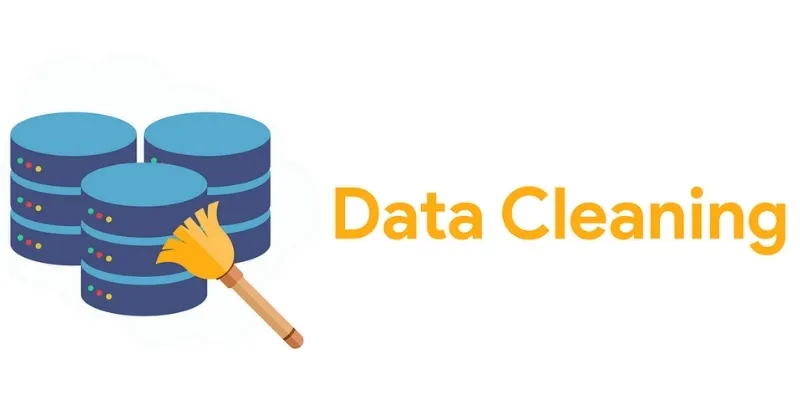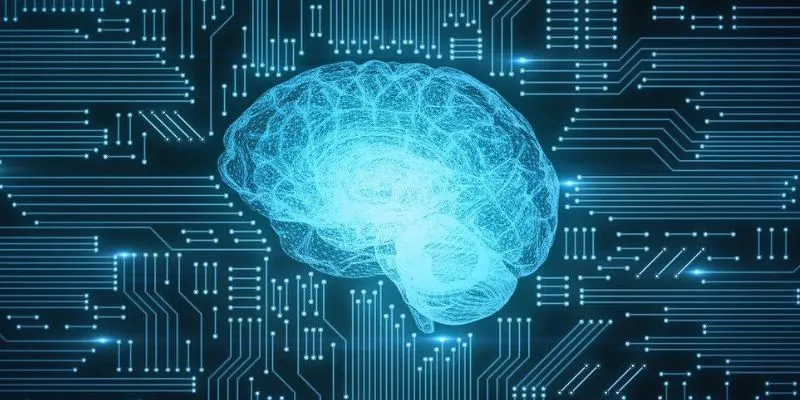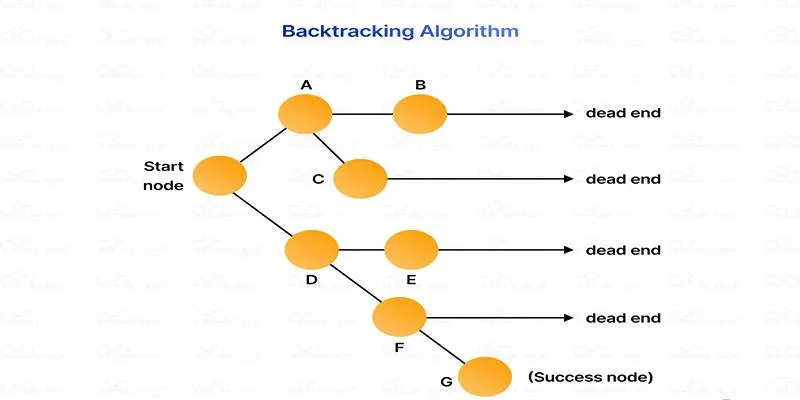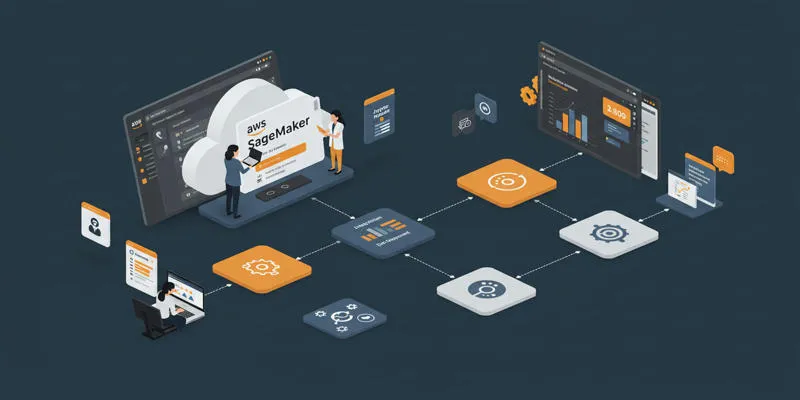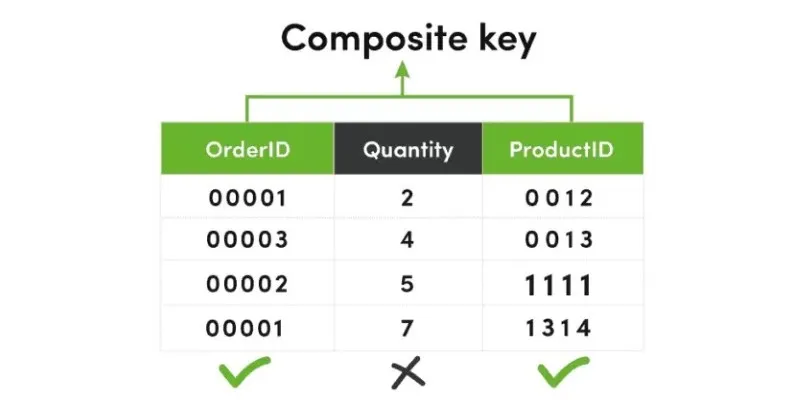Data surrounds us in every aspect of life, and the way it is stored and queried greatly influences its performance, usefulness, and the insights it provides. Among the various types of databases available today, one is gaining traction for its ability to handle complex connections: the graph database.
But what exactly is a graph database, and why might you choose it over a traditional relational database? This post will guide you through the core concepts of graph databases , how they operate, their unique features, and when to use them.
What is a Graph Database?
A graph database is a type of database that organizes data in the form of graph structures. In this format, data is arranged as nodes, edges, and properties. Unlike relational databases, which use tables and rows, graph databases store data as a network of interconnected nodes.
- Nodes represent entities such as people, places, or things.
- Edges (also known as relationships) connect nodes and illustrate how they are related.
- Properties contain information about nodes and edges.
This structure allows for easy modeling and querying of relationships. Graph databases are optimized for exploring and analyzing complex networks, including social graphs, recommendation engines, and fraud detection systems.
Key Components of a Graph Database
Let’s delve deeper into the three main building blocks of graph databases :
1. Nodes
Nodes are the fundamental units of data in a graph database, representing the entities of interest. For example, in a social media application, a node could represent a user, a post, or a page.
2. Edges
Edges connect two nodes and describe the relationship between them. These can be either one-way or two-way. For example, an edge might indicate, “User A follows User B” or “Product A is similar to Product B.”
3. Properties
Each node and edge can have properties, which are key-value pairs that provide additional detail. For instance, a node representing a person might have properties like name, age, or email.
Types of Graph Databases
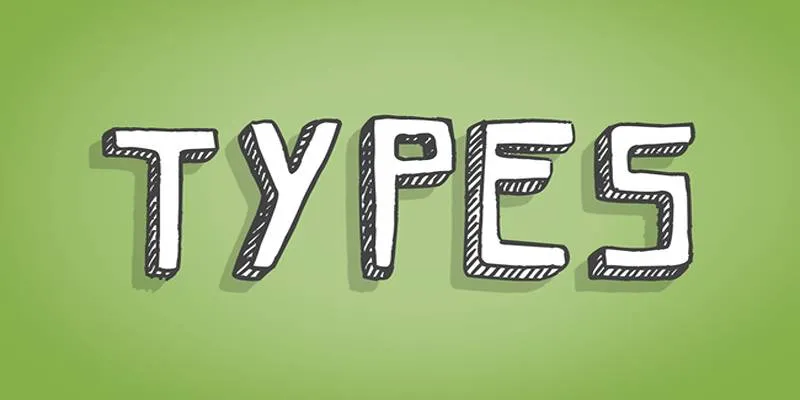
There are two main models of graph databases , each suited for different tasks:
- Property Graphs : Designed for analytics and querying, property graphs allow both nodes and edges to have multiple attributes (properties), making them ideal for capturing detailed and flexible data structures. They are commonly used in industries like finance, retail, and logistics.
- RDF Graphs (Resource Description Framework) : Following a semantic web standard set by the W3C, RDF graphs represent data in triples (subject-predicate-object) and are highly effective for linked data and metadata management. They are often used in healthcare, research, and government sectors, emphasizing interoperability and data integration across systems.
How is a Graph Database Different from Relational Databases?
The primary difference lies in how relationships are stored and queried.
- Relational databases use tables and foreign keys to represent relationships, requiring multiple JOINs to find connected data, which can slow down performance as data grows.
- Graph databases treat relationships as first-class citizens. You don’t need to join tables because the connections are already established as edges, allowing for faster and more intuitive traversal of relationships.
Here’s a quick comparison:
| Feature | Relational Database | Graph Database |
|---|---|---|
| Data model | Tables with rows and columns | Graph of nodes and edges |
| Relationship management | Foreign keys and JOINs | Direct links (edges) |
| Performance with relations | Slows down with more JOINs | Scales well with complexity |
| Schema flexibility | Rigid schema | Schema-less or dynamic |
Use Cases of Graph Databases
The unique way graph databases manage relationships makes them ideal for modern applications. Here are some popular use cases:
1. Social Networks
Graph databases naturally represent social relationships. Nodes can symbolize users, while edges can illustrate friendships, followers, likes, and interactions.
2. Recommendation Engines
To recommend products or content, understanding what similar users liked is essential. Graph databases enable easy traversal of paths like “users who liked X also liked Y.”
3. Fraud Detection
Fraudsters often exploit complex, hidden connections. Graph databases help detect suspicious patterns by analyzing relationships between users, transactions, and devices.
4. Knowledge Graphs
Companies use graph databases to construct knowledge graphs that link concepts, entities, and data to power search, discovery, and insights.
5. Supply Chain and Logistics
Graphs can efficiently model supply chains, tracking products, suppliers, manufacturers, and shipments in real-time.
How Graph Databases Work
Graph databases apply graph theory principles to store and traverse relationships between entities. Unlike relational databases that depend on foreign keys and joins, graph databases create direct pointer-based connections between nodes. This approach efficiently answers questions such as:
- “Who is connected to whom?”
- “What is the shortest path between two entities?”
- “Which node holds the most influence in a network?”
Traversal queries in graph databases are fast because each node contains direct references to its neighbors. Coupled with graph algorithms like PageRank, centrality, or community detection, users can extract meaningful insights from even the most intricate datasets.
Popular Graph Database Examples
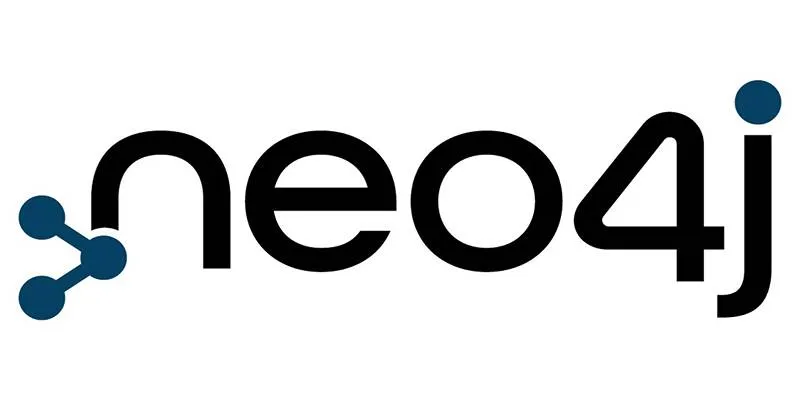
Several popular graph databases are widely used across various industries:
- Neo4j – Perhaps the most well-known graph database, it’s open-source and highly optimized for relationship data.
- Amazon Neptune – A fully managed graph database service provided by AWS.
- OrientDB – A multi-model database supporting graph, document, object, and key-value models.
- ArangoDB – Supports both graph and document database capabilities.
- TigerGraph – A high-performance graph database designed for deep-link analytics.
Conclusion
Graph databases offer a novel approach to storing and analyzing data by focusing on relationships. They are ideal for data rich in connections, providing quick, reliable insights from complex networks. While not a one- size-fits-all replacement for every database type, they fill a crucial gap where relational models fall short. Whether you’re building a recommendation system, a social platform, or analyzing connected systems, a graph database can give you the edge in managing complexity with speed and elegance.
 zfn9
zfn9

